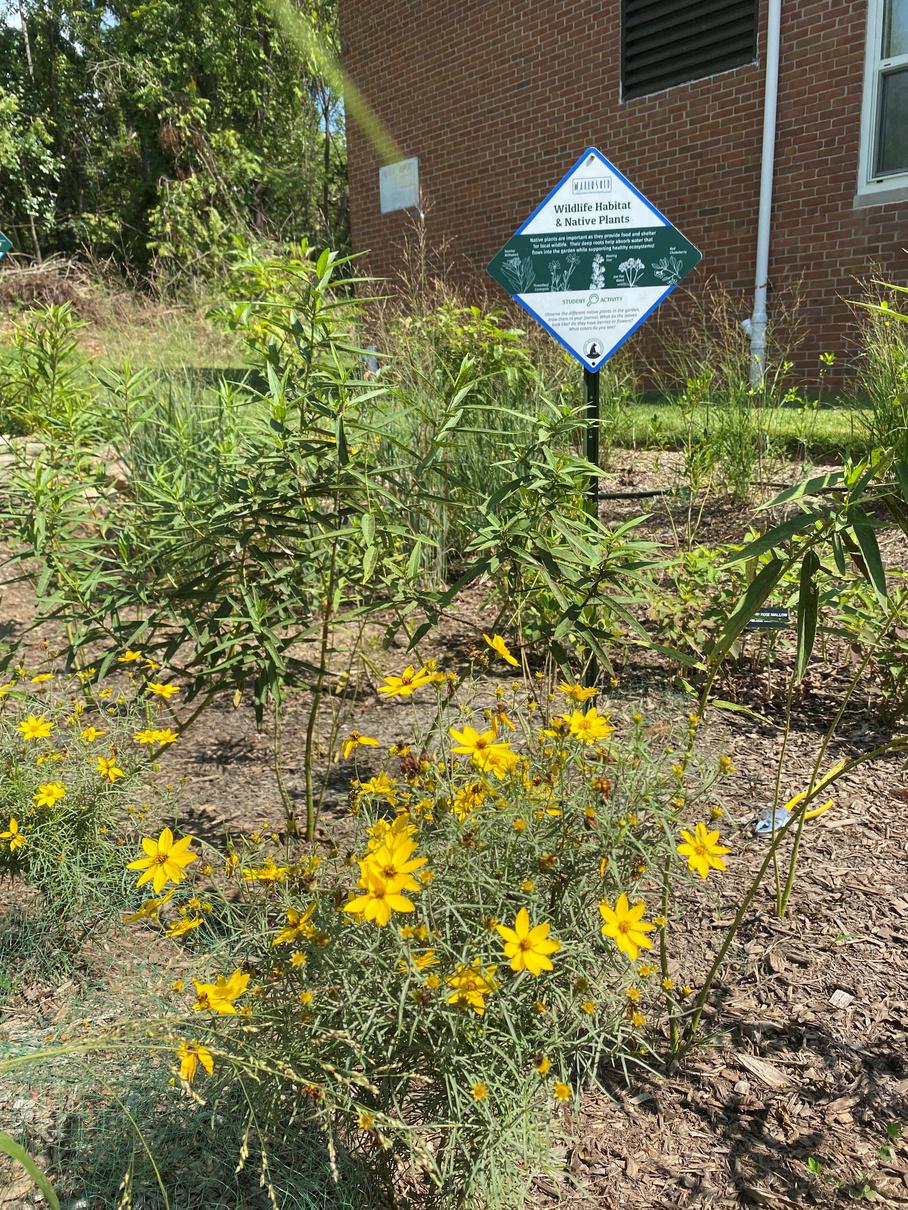A GUIDE TO TEACHING STORMWATER MANAGEMENT





Ideas for keeping students engaged throughout the process of identifying, planning, and implementing action in the garden. 01 - 02
03 - 04
Guided questions for facilitating conversations about water conservation.
Connections to Psychology, Science, Math, English, and Art. 05
06 - 08
Lesson plans and interactive activities for KindergartenGrade 12.
09 - 12

Additional resources about rain gardens, school gardens, STEELS Standards, and stormwater management.
Although the garden is already planted, students can still research maintenance plans and recruit help for the future. The level of maintenance will be determined by the project goals, since some gardens require frequent monitoring and weeding while others are designed to go wild. Students should also consider the accessibility of the garden for all community members.
Students can share the results of their investigations and the benefits of installing or maintaining their garden. Depending on the age of the students, this can take the form of pamphlets, letters, skits, signs, or posters.
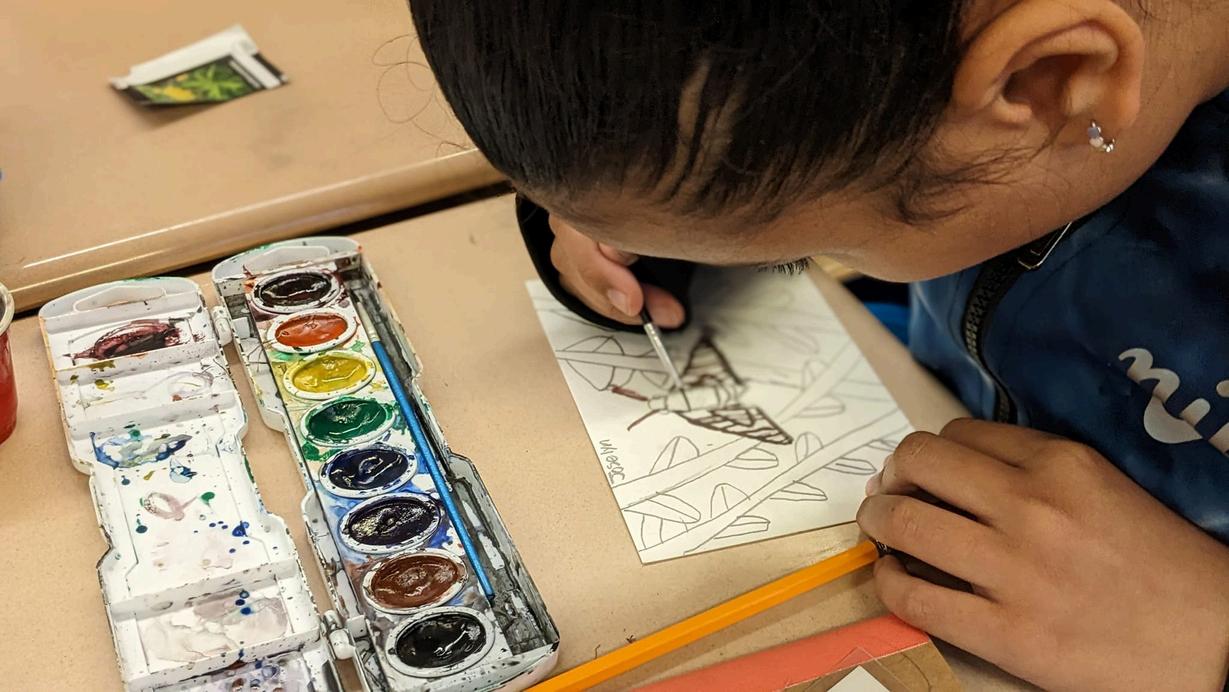

Students can advocate to the school board, PTO, or administrators for more outdoor learning by sharing the health and learning benefits of green spaces. Students can develop a plan for how they wish to use the garden and share how it can be used as an outdoor classroom for a variety of subjects.
M O N I T O R
Students can monitor the plants and wildlife in the garden and other impacts on the landscape, like reducing and cleaning runoff. Results and observations can be shared with others to encourage continued maintenance and use of the space.

Students can share their work with the school community by giving tours of the garden, presentations, creating displays, or writing and delivering morning announcements. Students can also invite the community to help maintain the gardens. S
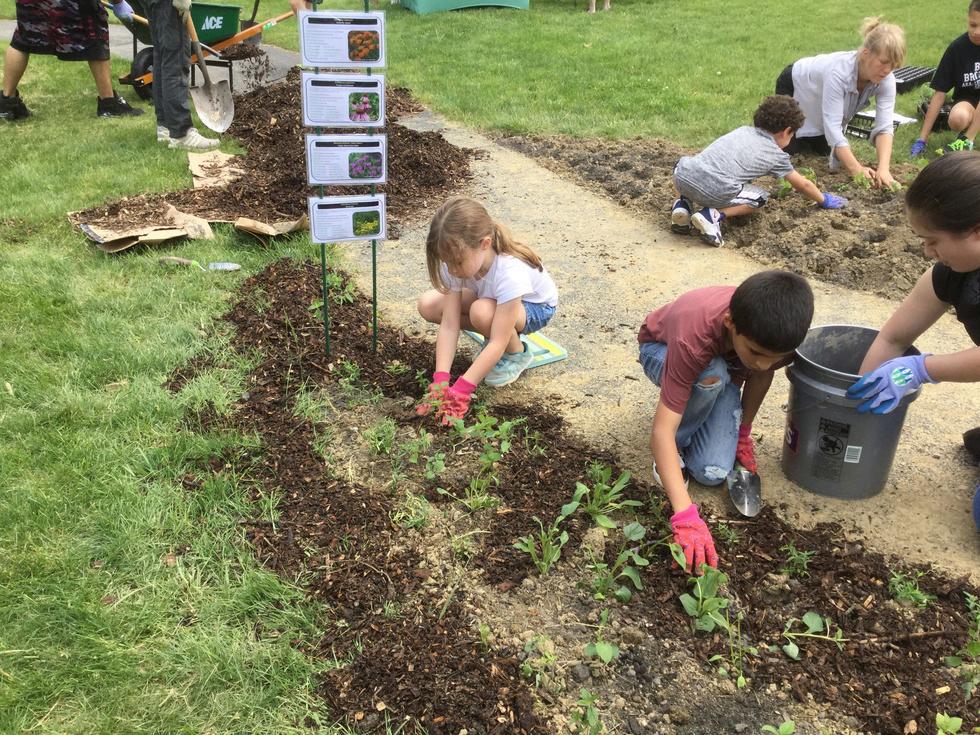
Why is water important?
Encourage students to think about the various ways water is essential in their daily lives, from drinking to daily activities.
Where does our water come from?
Discuss the sources of water, such as rivers, lakes, and underground aquifers, and how they contribute to the water we use.
How do you use water at home?
Explore the different ways students use water at home, including personal hygiene, cooking, cleaning, and watering plants.
Can you think of activities that waste water?
Encourage students to identify behaviors or activities that may lead to unnecessary water waste, such as leaving taps running or overwatering plants.
What happens when we waste water?
Discuss the consequences of water waste, emphasizing the impact on the environment, ecosystems, and the availability of clean water for everyone.
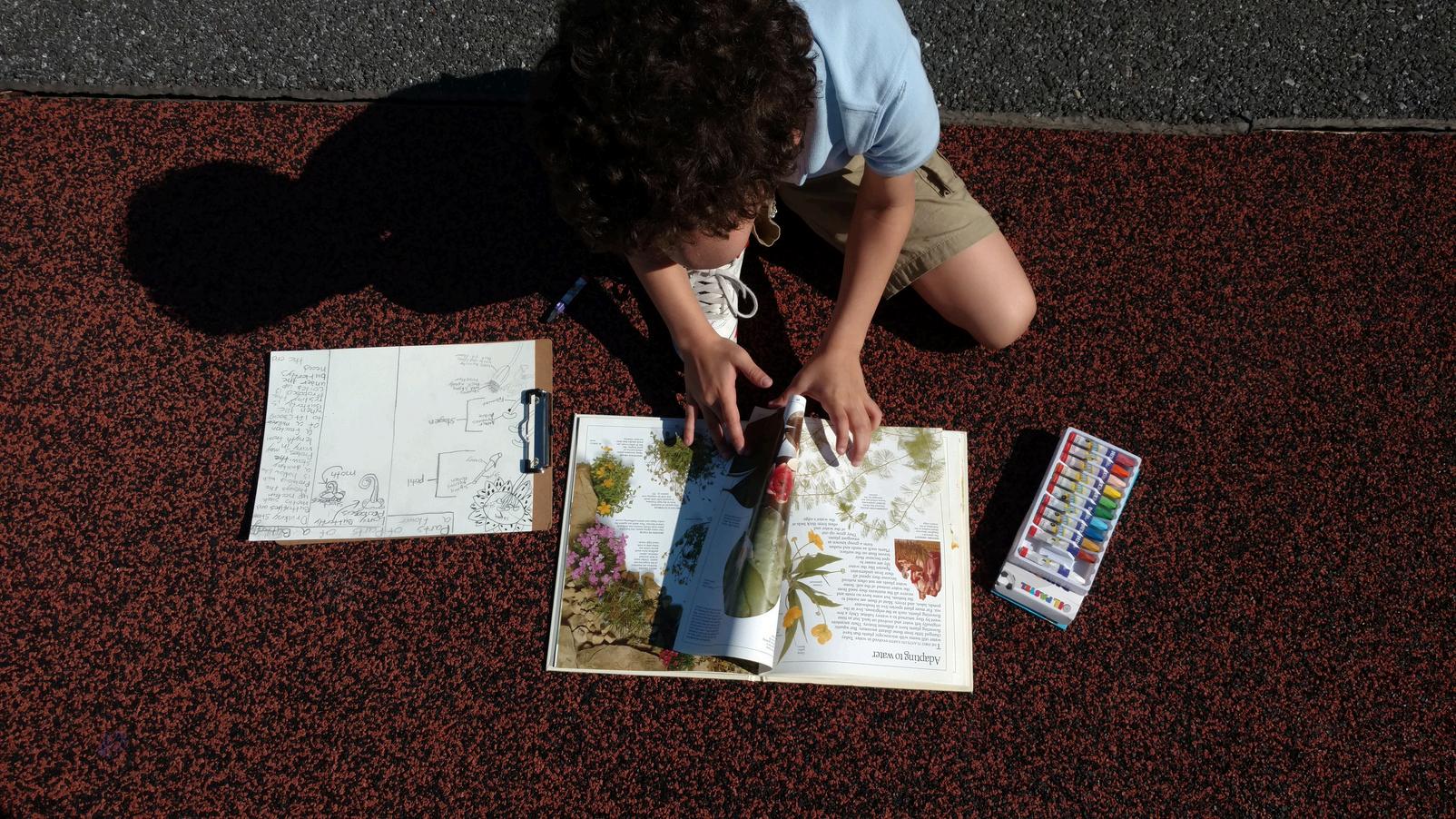
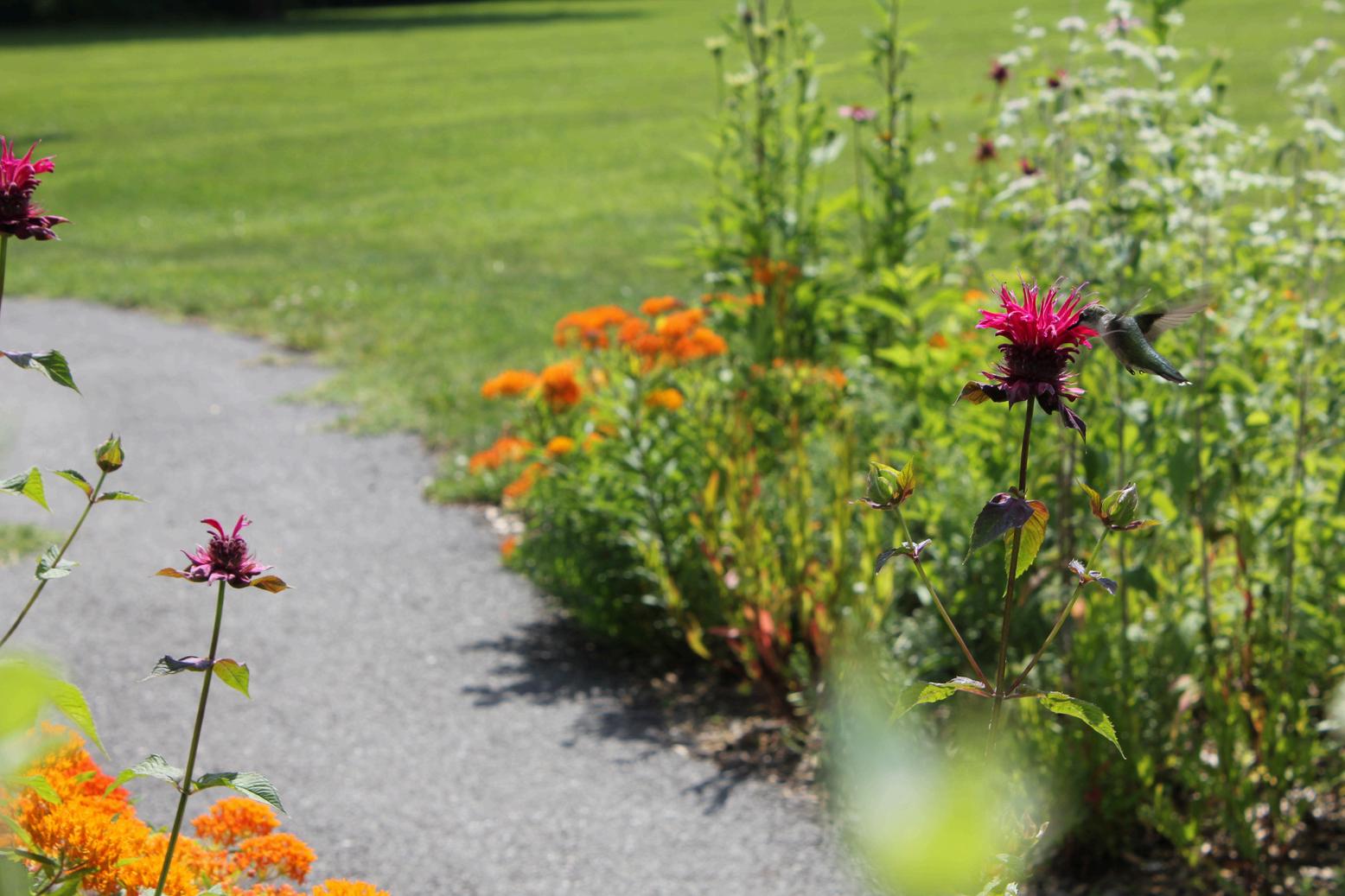

How can we save water at home and at school?
Brainstorm practical ideas for conserving water, such as turning off taps when not in use, fixing leaks, and using water-saving appliances.
Why is it essential to conserve water for the environment?
Discuss the broader environmental impact of water conservation, including the preservation of ecosystems, biodiversity, and the overall health of our planet.
How can we encourage others to save water?
Explore ways students can promote water conservation within their families, schools, and communities.
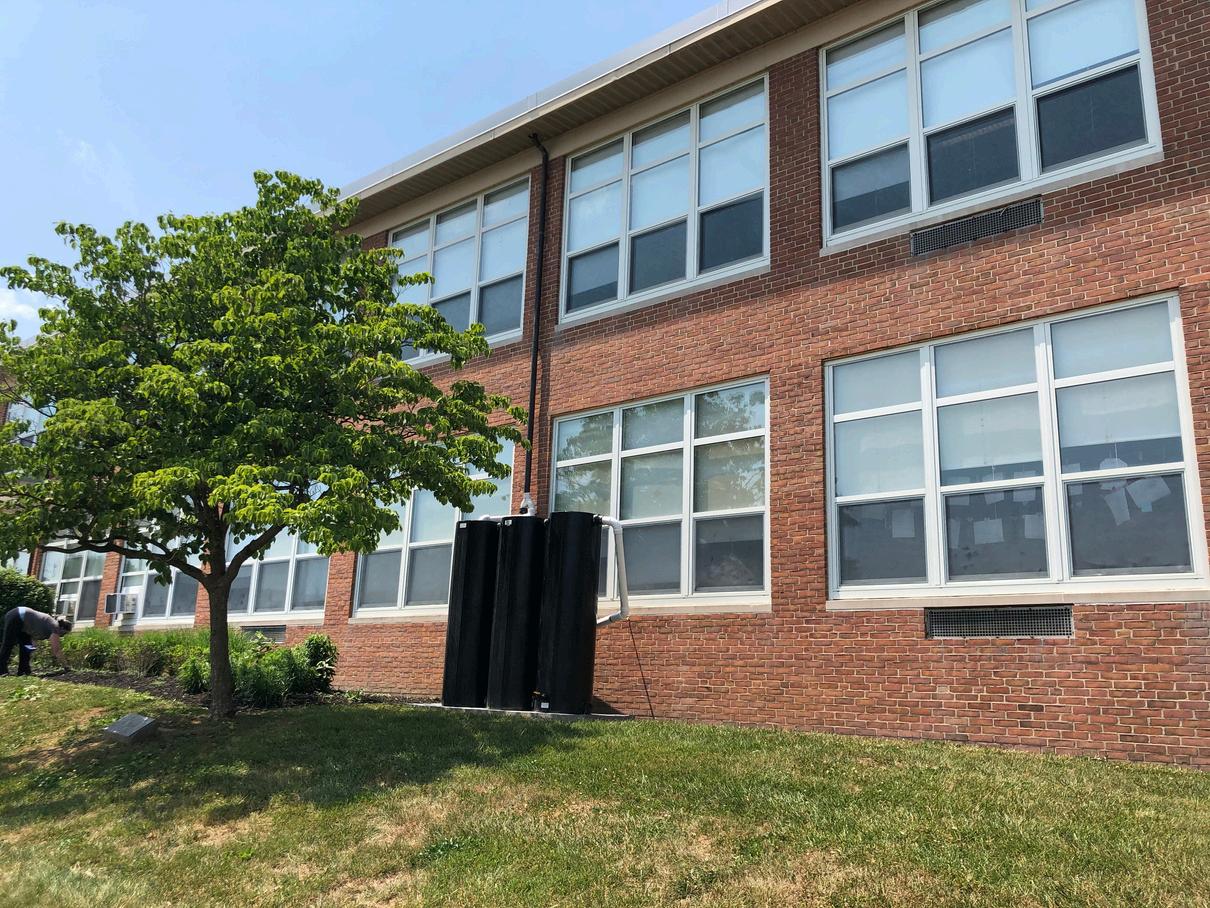
What are some places in our community where rain water tends to collect?
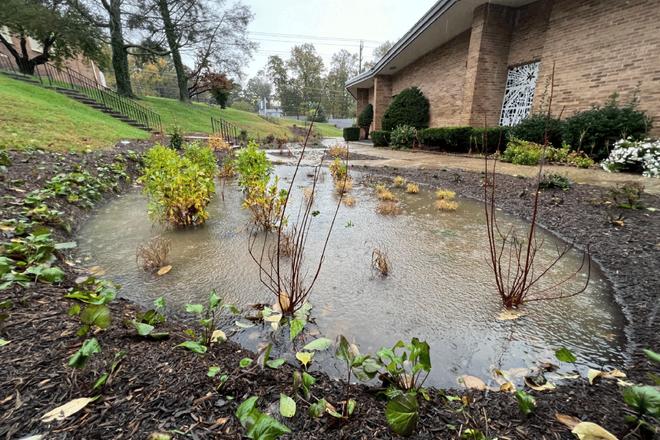
Can you think of ways to prevent litter and debris from entering our storm drains?
How can we encourage our neighbors to use rain barrels to collect rainwater for watering plants instead of tap water?

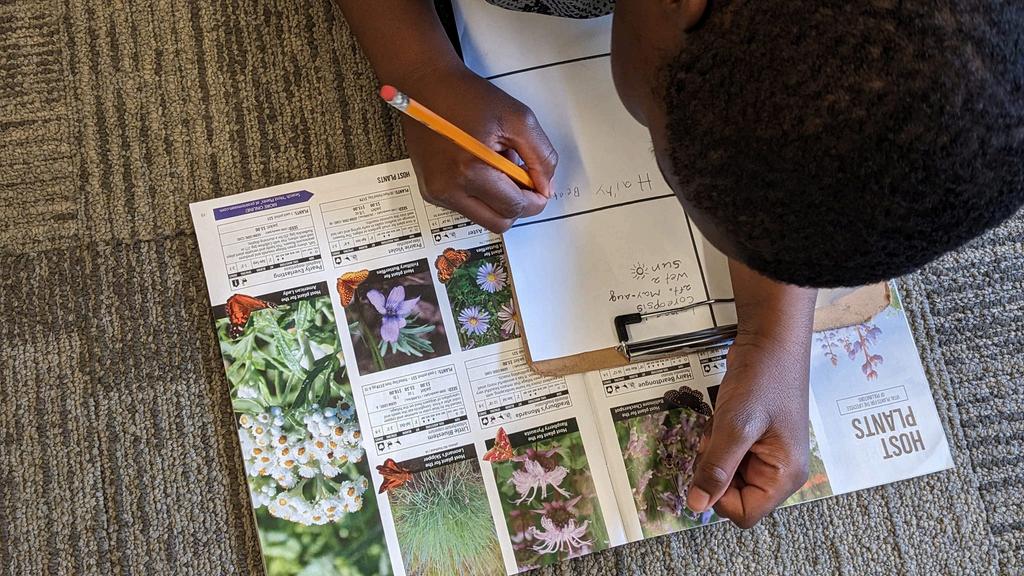
Sociology/Psychology and Social-Emotional Learning: Discuss the positive and negative human impacts on the local watershed. What are the cultural, societal, economic, and emotional reasons these impacts occur?
Science: Understand the structures and functions of plants as well as plants’ roles in the ecosystem. Explore the concept of Green Infrastructure and Stormwater runoff in relation to climate change impacts.
Math: Use knowledge of perimeter, area, and division to measure and diagram the garden.
English/Language Arts: Use research skills to learn about symbiotic relationships between native plants and insects. Compose stories, reports, and educational signage to share this information with the community.
Art: Invite students to create artwork of the plants and animals found in the garden.

Hands-on activities demonstrating stormwater runoff:
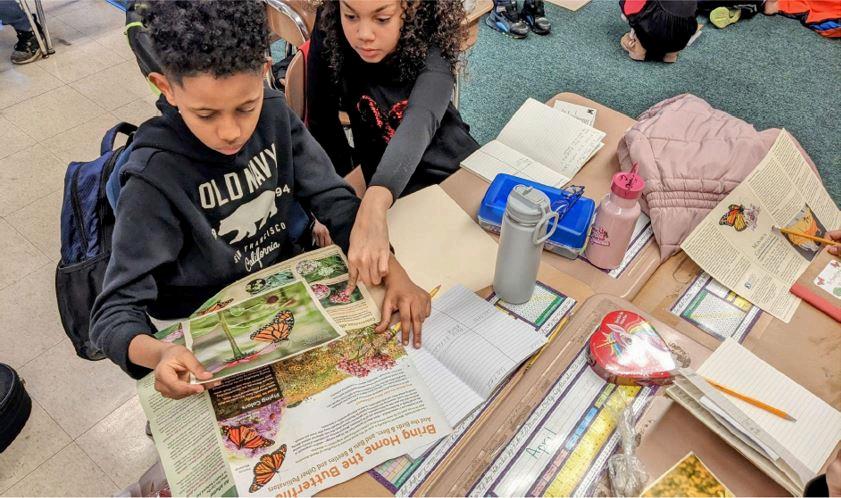
This experiment allows students to create their own “watershed”, and observe the impacts of how and where water flows.
Kindergarten- Grade 2
Kindergarten- Grade 5
This coloring page teaches younger students about the water cycle.

This resource offers three handson activities for a variety of age ranges Students will conduct an experiment on impervious surfaces and explore the impact of litter on the local watershed.
Age ranges are suggestions; feel free to add in elements depending on students' interests/abilities.
Grade 3
Watershed Awareness using Technology and Environmental Research for Sustainability
Grade 7-8
Kindergarten- Grade 8
Rain Gardens: KidsGardening
Grade 9-12
Project-based Learning: Design and Build a Rain Garden: PBS Learning Media
Grade 9-12
In this lesson, students will make mini rain gardens and discover how they can filter out pollution and soak up excess rainwater.
This is a curriculum for teaching watershed concepts and water career awareness for students in the middle grades. This 10-lesson unit includes online, classroom, and field activities.
This resource offers 15 resources and lesson plans for everything from learning about the value of rain gardens to maintaining a rain garden initially and for the longterm.
This lesson provides instructions for designing your own rain garden and teaches students the environmental benefits of reducing runoff

This Teacher’s Guide provides an overview of designing and building a rain garden, including background information, essential questions, standards, objectives, vocabulary, and materials.
Age ranges are suggestions; feel free to add in elements depending on students' interests/abilities.

Lead the students to the on-campus garden. Explain its design, the types of native plants it features, and its role in preventing pollution and erosion. Discuss the importance of biodiversity and how the garden provides habitat for wildlife. Point out pollinators present!
Break students into small groups and engage them in hands-on activities. This could include observing and sketching plants, identifying signs of wildlife, or discussing the water cycle.
Encourage students to document their observations and experiences in a nature journal. Discuss the field trip in the classroom, allowing students to share their reflections and insights.
Other resources for teaching outdoors:
Pennsylvania Gateway to Green: Outdoor Learning Spaces Teaching Outside: KidsGardening
Connecting the Garden to the Classroom: KidsGardening
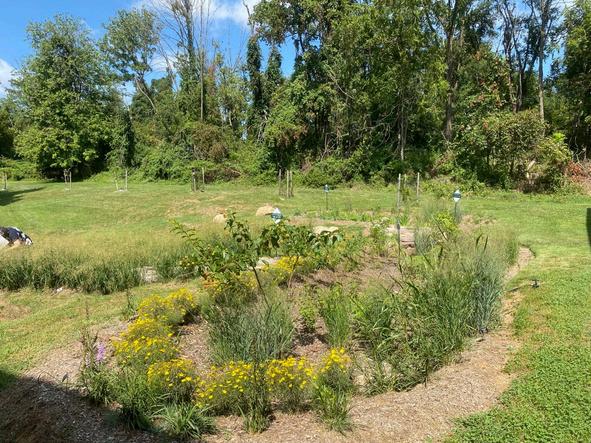
Water Resource Center: Stormwater Management Best Practices
Bay Backpack: School and Community Gardens
University of Maryland: Rain Gardens
University of Arkansas Cooperative Extension Service: Rain Gardens
Young minds and urban creek enjoy new green infrastructure at Kingswood Elementary School
Pennsylvania Resources
Pennsylvania Environmental Literacy Network
Pennsylvania Gateway to Green
Pennsylvania Environmental Literacy Plan
Pennsylvania Environmental Literacy Planning Tool
MWEE Environmental Literacy Model: Stopping Stormwater
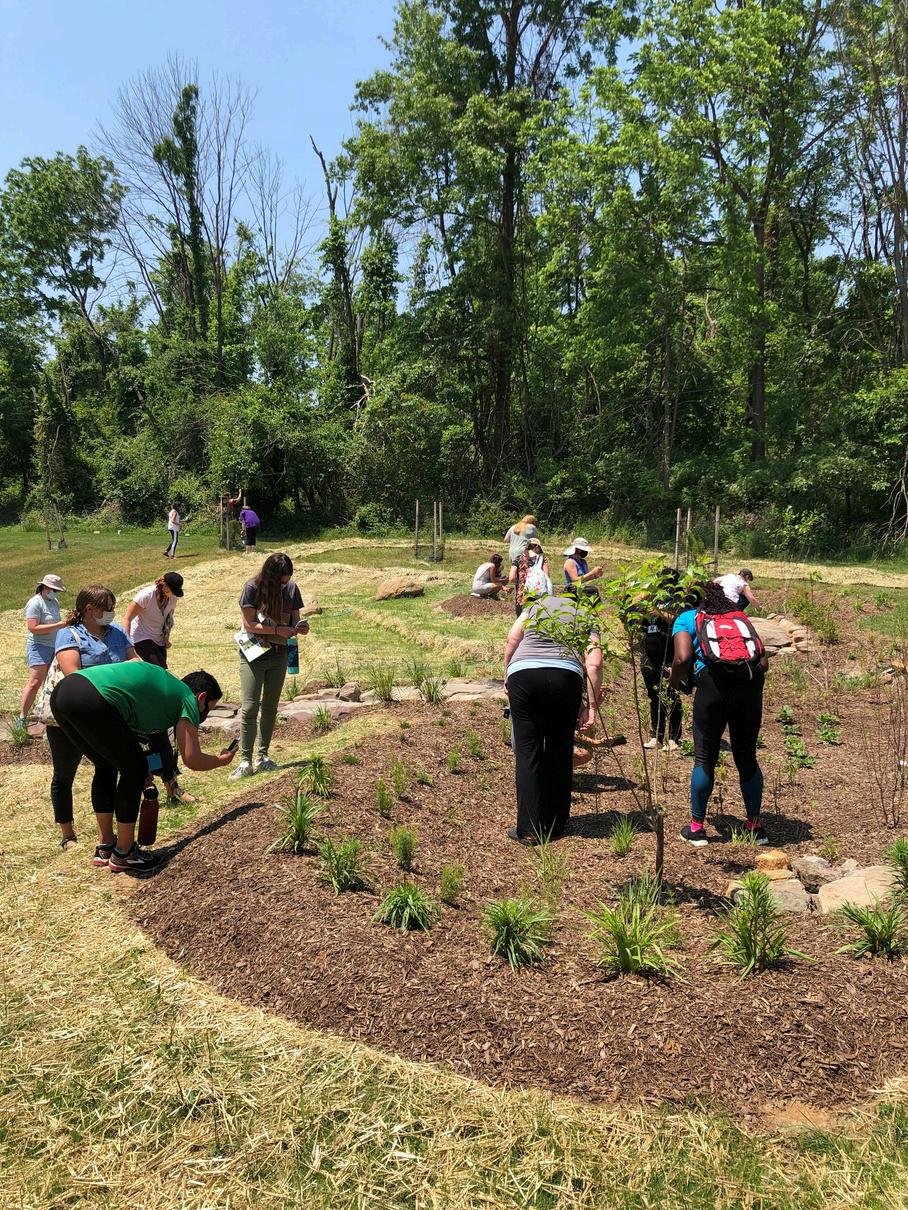
National Wildlife Federation Stormwater Videos
Project WET: Water Education Today
Bay Backpack: School and Community Gardens
Storm Smart Schools: A Guide to Integrate Green Stormwater Infrastructure to Meet Regulatory Compliance and Promote Environmental Literacy (EPA)
Stormwater Management Lesson Plans for Grades 3-12
Model My Watershed: Select an Area of Interest to analyze the factors that impact water in your area and to model different scenarios of human impacts.
Washington D.C. has a School Gardens Program and hosts a Flickr page of gardens across the District. Scroll through photos of actual school gardens to get inspiration and see how other schools utilize their gardens.

The Pennsylvania Department of Education recently approved new standards for Science, Technology, Engineering, Environmental Literacy & Sustainability, known as STEELS. The new standards will be effective June 30, 2025. Learn more and find resources at the STEELS Hub.
The STEELS standards align with the education goals of the Chesapeake Bay Watershed Agreement. There is a strong focus on place-based, outdoor education, including Meaningful Watershed Education Experiences (MWEEs). The new gardens and meadows can help teachers meet these standards without leaving campus. Some relevant STEELS standards are:
1. Agricultural and Environmental Systems and Resources: Agricultural Systems
3.4.3-5.A: Analyze how living organisms, including humans, affect the environment in which they live, and how their environment affects them.
2. Agricultural and Environmental Systems and Resources: Watersheds and Wetlands
3.4.3-5.C: Examine ways you influence your local environment and community by collecting and displaying data.
3. Environmental Literacy Skills: Investigating Environmental Issues
3.4.3-5.D: Develop a model to demonstrate how local environmental issues are connected to larger local environment and human systems.
4. Environmental Literacy Skills: Environmental Experiences
3.4.K-2.C: Explain ways that places differ in their physical characteristics, their meaning, and their value and/or importance
3.4.6-8.E: Collect, analyze, and interpret environmental data to describe the local environment.
5. Sustainability and Stewardship: Environmental Sustainability
3.4.K-2.D: Plan and carry out an investigation to address an issue in the local environment or community.
3.4.6-8.G: Obtain and communicate information to describe how best resource management practices and environmental laws are designed to achieve environmental sustainability
3.4.3-5.F: Critique ways that people depend on and change the environment.
3.4.6-8.H: Design a solution to an environmental issue in which individuals and societies can engage as stewards of the environment.

nwf.org/eco-schools-us
Take your environmental education projects school-wide and help your students get recognized for their work with National Wildlife Federation’s EcoSchools program.
Largest green schools program in the world
Annual green schools certification at various levels, from Bronze to Green Flag
Student-led environmental action projects

Immersive experiential learning opportunities
Research-based framework to guide you
Dozens of project ideas under three themes: Climate Change, Wildlife & Biodiversity, and Resilient Communities. Or build your own!
Project guides available on water quality testing, waterway cleanups, building rain gardens, outdoor “sit spots,” and more
Green stormwater infrastructure (GSI) is an essential strategy to address the environmental challenges posed by stormwater runoff.
Stormwater, a byproduct of precipitation, can carry pollutants and impact water quality, impair aquatic habitats, and degrade ecosystems.
To mitigate these effects, communities can install GSI like including rain gardens, pollinator gardens, and native meadows. GSI offers sustainable and holistic approaches to stormwater management, that also benefit humans and beautify communities, aligning with the goals of environmental conservation, water quality improvement, and resilient urban planning.
For teachers introducing GSI to their students, it's essential to convey the importance of environmentally friendly solutions in simple and engaging terms. By incorporating these fun and interactive concepts in the classroom, teachers can instill a sense of responsibility and excitement in young minds about being good stewards of our planet.
